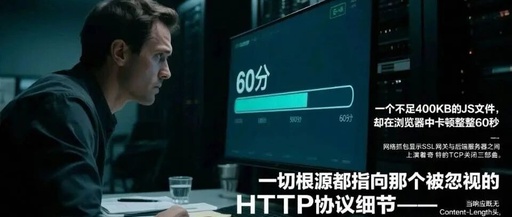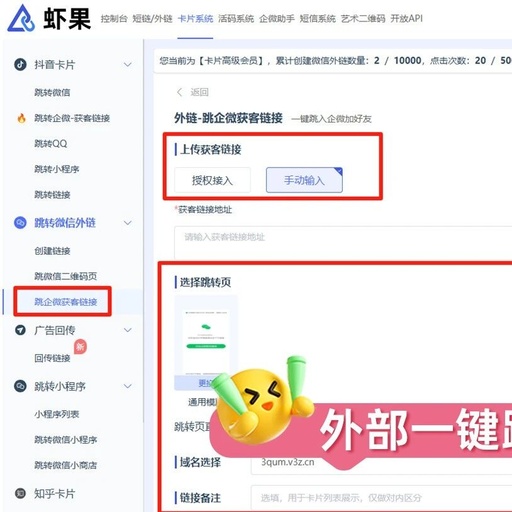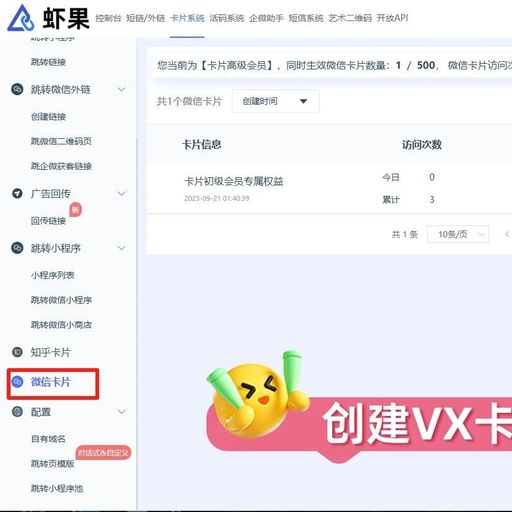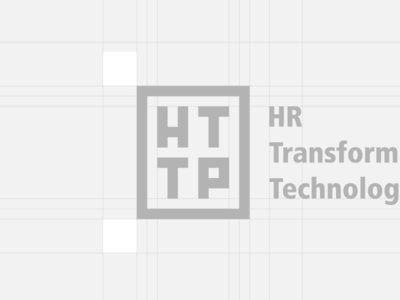The 60-Second Curse in HTTP Protocol: A Performance Mystery Triggered by an Irregular Response
Introduction The operations engineer stared at the 60-second loading progress bar on the monitoring screen, frowning. A JS file of less than 400KB was stuck in the browser for a full 60 seconds. Network packet capture showed a peculiar TCP closing trilogy between the SSL gateway and the backend server, with everything pointing to that … Read more









